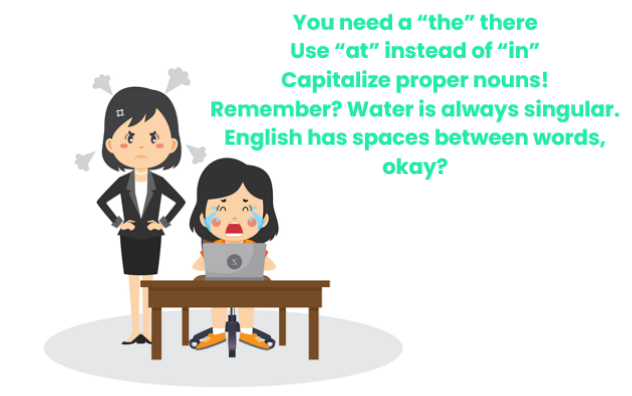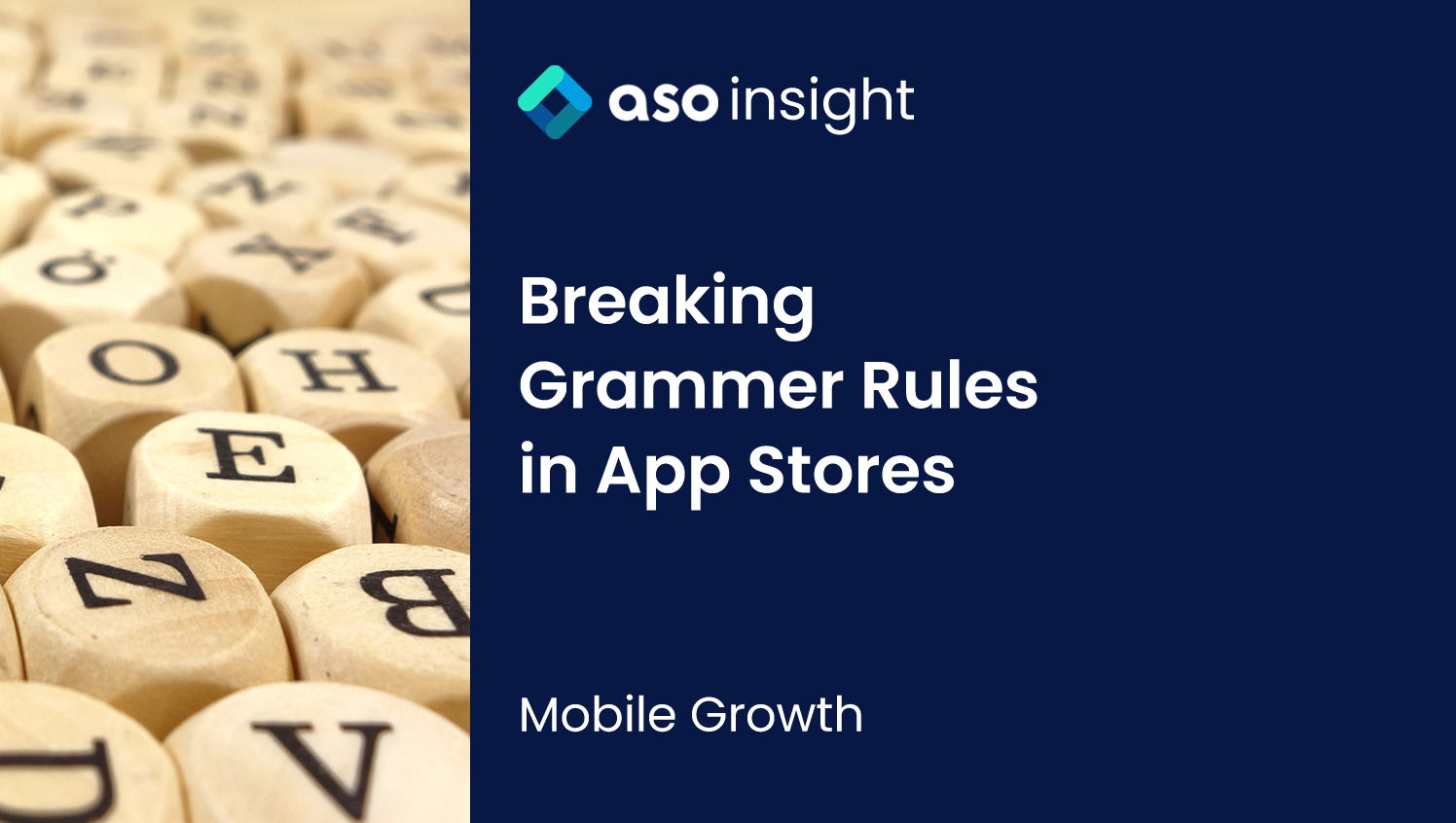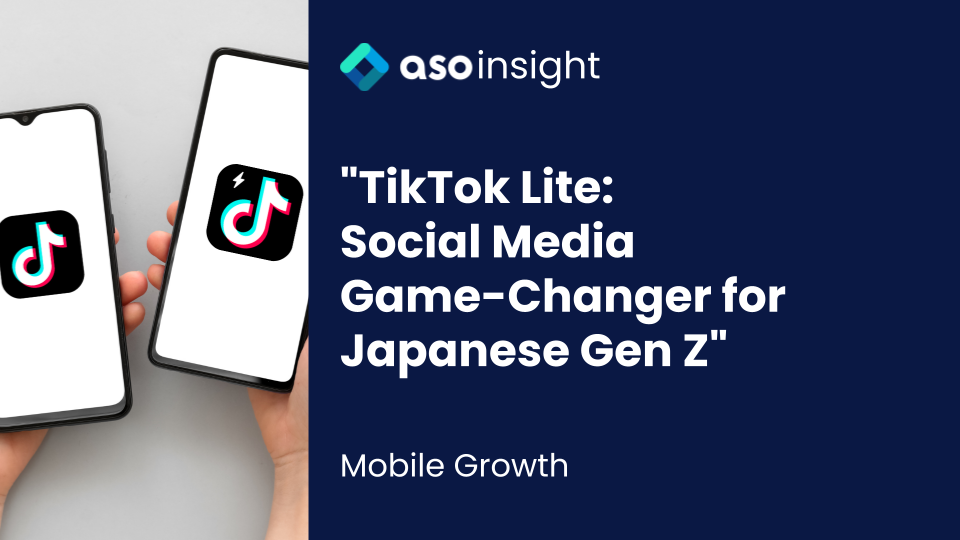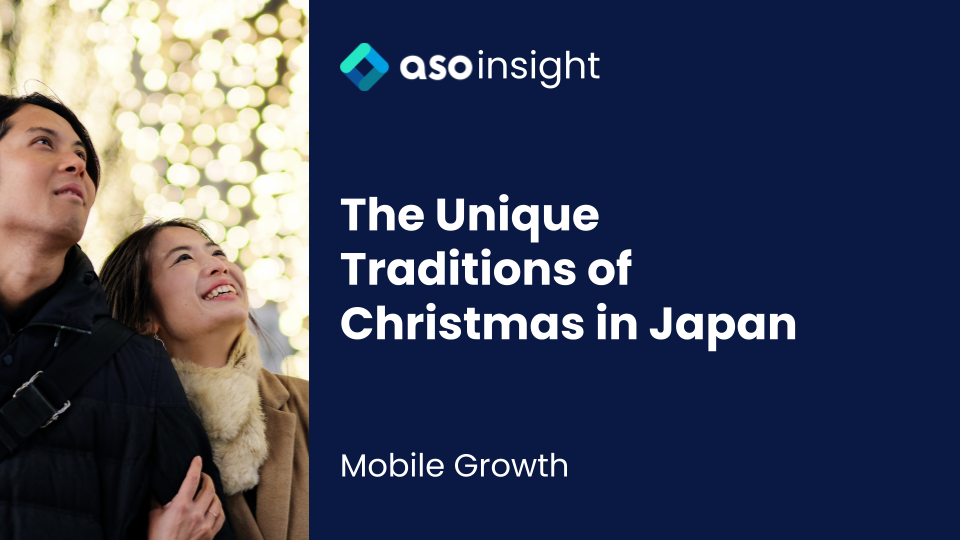Intro
The previous articles were about the Korean and Japanese languages and how their linguistic characteristics may affect how users search apps on app stores. Yet the articles were written for English-speaking audiences who are interested in launching their apps in either the Korean or Japanese app market. So this article attempts to aid Korean and Japanese audiences who are willing to create an English product page for their apps and launch globally. Hold on, dear global audiences, please do not click the back button yet. It will provide interesting points about how some English elements can be treated differently on app stores than when spoken and written in real life.
Many Koreans and Japanese learn English since they are little, and English becomes a mandatory class when they enter elementary school. So it is fair to say almost every Korean and Japanese has studied English for more than 10 years. Even with that much studying, however, many of them still struggle with English, especially speaking in English. There will be many reasons for this, but it is mainly because Korean and Japan’s English education heavily focuses on grammar and vocabulary.
And this lopsided education becomes a stumbling block for Korean and Japanese developers when they try to fill in the metadata for their apps’ English product pages. It is not that they cannot talk and converse like native English speakers; it is rather because they have spent too much effort and time studying English grammar, especially on the concepts that are strange to Korean and Japanese, such as articles, prepositions, upper-lower cases, plural nouns, and spaces between words(this one is for Japanese only). As much effort and time to master these concepts, they tend to be conscious of them whenever they have to use English. And this tendency can be an obstacle to successful metadata optimization because following the grammar concepts does not help complete better optimization.

Articles & Prepositions
Both Korean and Japanese do not have articles and prepositions in their grammar concepts. An article is a brand new concept to these languages, and prepositions are altered with postpositions, which are particles that work similarly to prepositions but are positioned after other words. So this is a concept that bugs the Korean and Japanese people in English class. The situation doesn’t change as much though the stage moves to app stores. The “grammatically perfect” English is good English to them, so they often understand keeping articles and prepositions is important, they, too, may work as efficient keywords.
However, that is not true. Articles and prepositions are considered too generic by the app stores’ algorithm, so they do not affect an app’s visibility or search ranking. It is advisable to reduce them in the metadata as much as possible and use that space to compose other relevant keywords. It is also a good idea to compose the full description on the Play Store with bulletins. That way, unnecessary articles, prepositions, and connectors will be reduced. In the end, efficient usage of space is more valued and grammatical correctness in the world of app store optimization.

Upper & Lower Cases
Another grammar concept that can be strange to Korean and Japanese speakers is the upper case. Both the Korean and Japanese languages do not have upper and lower case classifications. So one of the first things they learn in English classes is how to write the English alphabet in both upper and lower cases. Accordingly, it is not surprising for them to think that “TOWN” and “town” can be two different keywords.
However, it is known that the app stores are not case-sensitive. To their system, “TOWN” and “town” are the same binary combinations. Writing a keyword in all-cap may make it look emphasized to users, but repeating “TOWN” and “town” will not aid in uplifting an app’s keyword ranking at all; rather, it might affect negatively as the system usually gives a minus point to repeated keywords. In conclusion, avoid adding a keyword twice by thinking an upper-cased keyword is differentiated from the same, lower-cased word, no matter how relevant and efficient that keyword is.
Quick note: there are three types of writing forms in Japanese (please refer to the previous article about Japanese here), and a Kanji(写真) form of a word is differentiated from its Hiragana(しゃしん) and Katakana(シャシン) forms. Thus, it is meaningful to have a Kanji form and its Hiragana or Katakana form at the same time, for users may use a Kanji as often as its Hiragana form.

Singular & Plural Nouns
The next grammar concept that deserves discussion is singular and plural forms of nouns. Along with articles and prepositions, the rules behind singular and plural nouns have given hard time to English learners in Korea and Japan. The distinction between “countable” and “uncountable” nouns is too ambiguous, and there are many exceptions to this rule.
The good news to them is that the app store systems do not distinguish a singular noun from its plural form. Adding both “A pencil” and “pencils” as keywords would not bring any significant impact to the app’s ASO condition. However, it is worthwhile to check each form’s search volume through an ASO tool, because English speakers tend to use a plural form of a noun more often than a singular form, or vice versa. This means that one of the pairs is a more frequently used keyword, thus a more meaningful and valuable keyword. Therefore, it is always a good idea to research a keyword’s search volume as it conveys users’ behavior.

Spaces Between Words
Adding spaces between words can be familiar to Korean speakers, but it is another strange concept for Japanese speakers. In Japanese, there is no space between words, and it just continues; the only break in a sentence is a comma. So it is a hard concept for them to recognize and gets used to.
However, Japanese speakers can stick to their habit of adding commas and not a space between words when it comes down to creating metadata for an app. It is because the system can distinguish a keyword from another if there is a comma between them. Adding a space after a comma is grammatically correct, but it is only a waste of space in app stores. Save up the character counts by not adding spaces after commas and use that for other relevant keywords.

Conclusion
Though it is the same English that is used, whether, in an English class or an English base app store page, the language rules are different a little bit. In the end, the app stores’ system recognizes words as a combination of “0” and “1,” and the system doesn’t put its grammar correctness in priority. Rather, it prioritizes how that binary combination is related to its app and how often users use that combination on the search.
ASO, especially MKO, then, targets how the system calculates the relation between a keyword and the app and the search data. What a word means in real life can be found in a dictionary, but in app stores, it takes more than that needs a technical approach to find the “meaning” of the word in the context of the world of app stores. ASO consultancy, or an ASO tool, then, can be perfect dictionary for this purpose.





